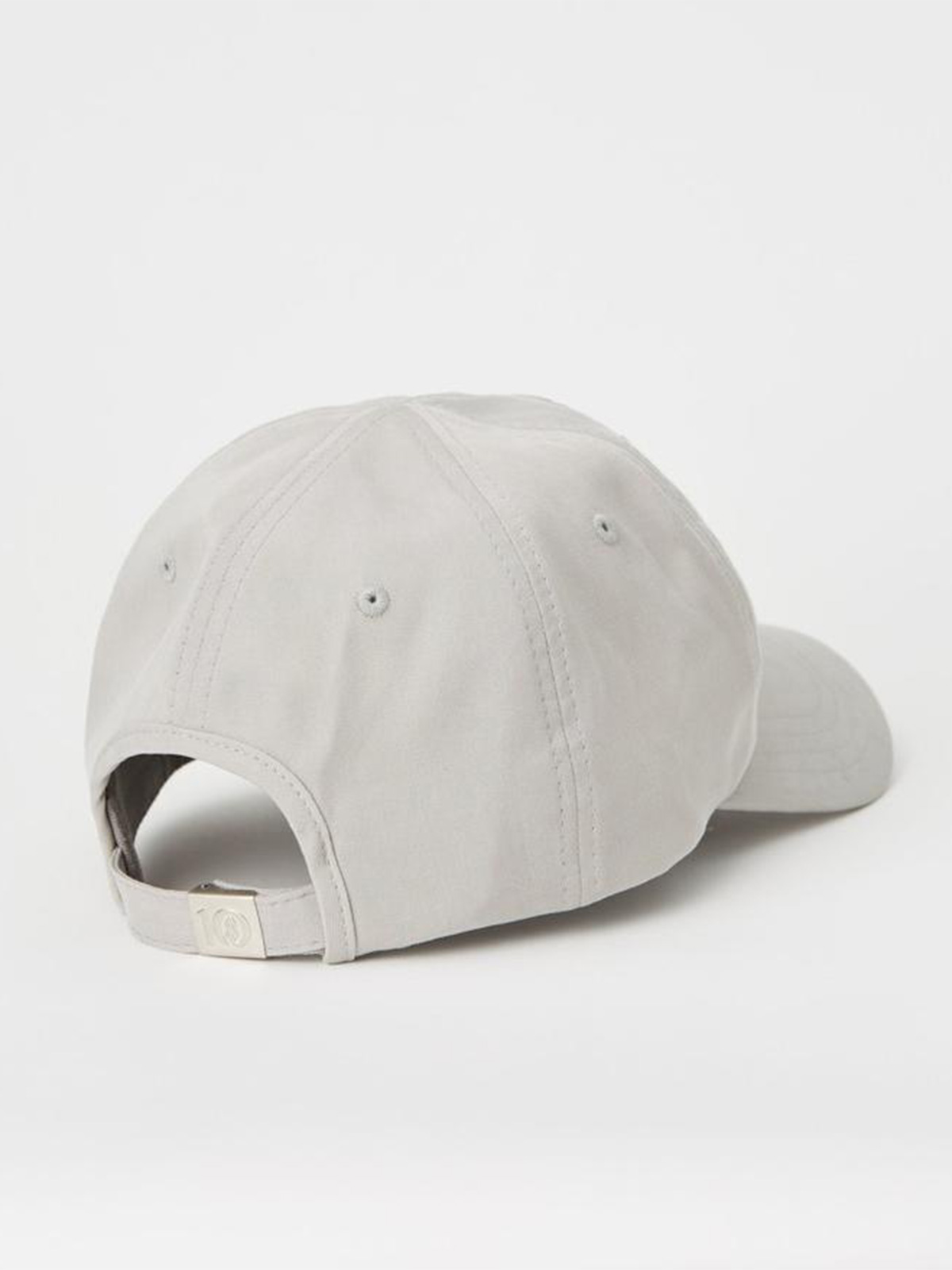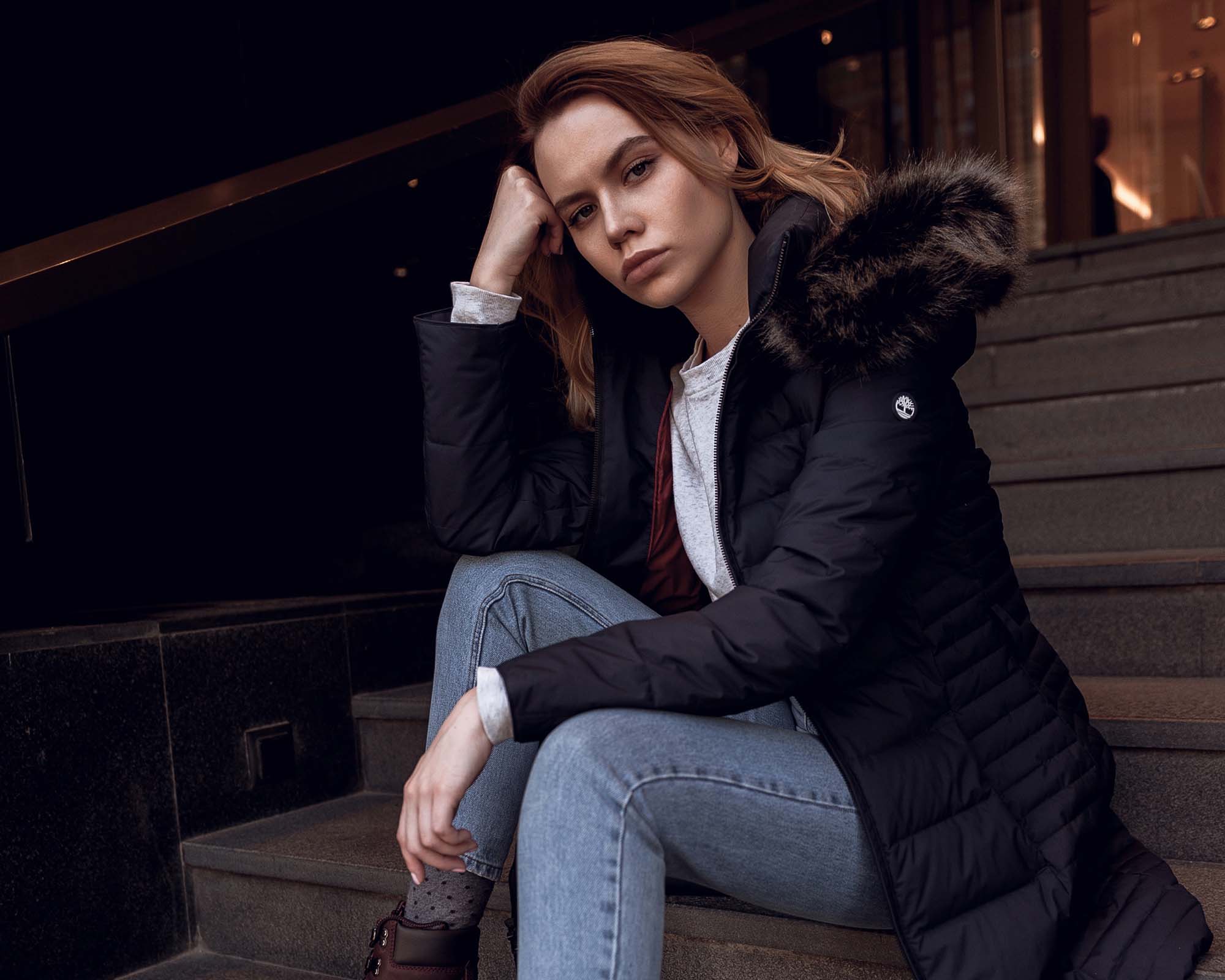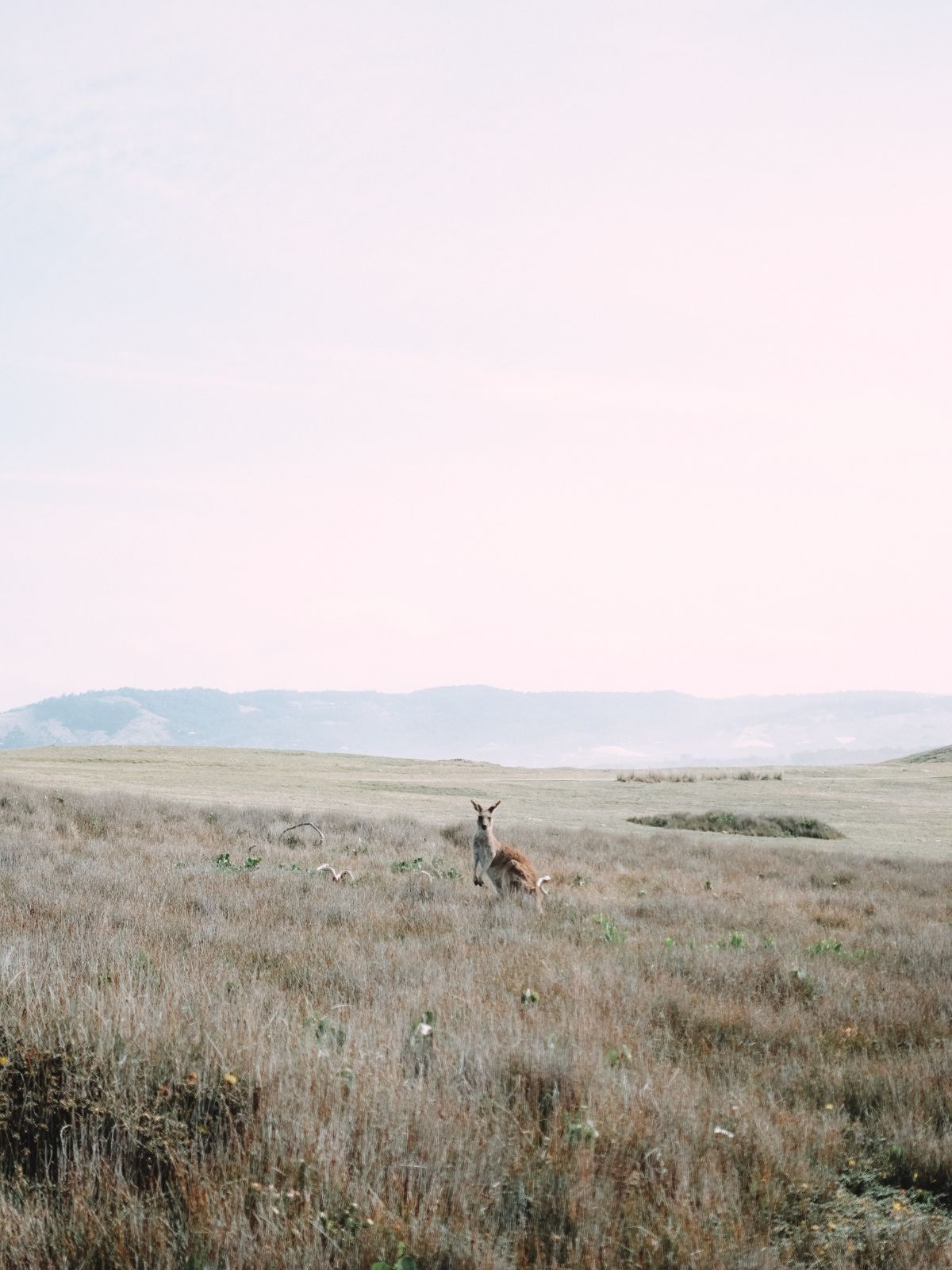After gracing catwalks and red carpets for a better part of a decade, fashion is falling out of love with real animal fur, and an increasing number of designers and brands going fur-free. In its place we have faux fur – touted as the ethical alternative, it has the look of real fur while keeping animal lovers happy. So what’s the problem?
A growing number of consumers are realising the significant ethical and environmental impacts of the modern fur industry, putting pressure on brands to go fur-free. In the past six months alone, a slew of designer brands including Versace, Gucci, Jimmy Choo, Furla, John Galliano, Donna Karan, Tom Ford and Michael Kors have announced that they are no longer using fur in their lines. What’s more, San Francisco has recently become the largest U.S. city to ban the sale of fur. Although real fur is on the way out, faux fur is quickly rising up to take its place. From coats, to shoes, to keychains, designer and fast fashion brands alike have jumped on the faux fur bandwagon.
What is faux fur made from?
A growing body of evidence also points to the significant environmental impact of microfibres, the microscopic plastic particles that shed from synthetic garments every time they are washed. This poses a huge problem for our ocean life, which is ingesting these plastic fibres. It’s also a threat to human health as we consume these sea animals (and the plastic inside them!) According to a 2016 study, synthetic jackets released an average of 1,174 milligrams of plastic microfibers when washed!
If you already own synthetic garments, Patagonia sells a laundry bag that helps trap the plastic microfibres that are released from your clothes every time you wash them.
Faux fur isn’t always fake
In a disturbing new trend, real fur is actually being passed off as faux fur to unknowing shoppers. In 2016, an investigation by the charity Humane Society International UK uncovered that some products labelled as “faux” fur products from British high street stores Missguided and House of Fraser were found to actually found to be made from real fur after they were tested by a fibres expert. The sad truth behind this scandal is that there is so much fur being produced under terrible conditions in countries such as China that it’s actually cheaper to produce and buy than faux fur. While some companies who are wanting to increase their profit margin might be falsely labelling their garments to deceive shoppers, often sellers are unaware that their products contain real fur.
The fast fashion problem
The main issue with faux fur is that it’s a trend that has been well and truly hijacked by the unsustainable and unethical fast fashion industry. Focused on fleeting styles made from poor quality materials using cheap labour, fast fashion brands prioritise profit over people, the planet and animals. There has been no shortage of faux fur items on the market – from jackets in every colour, to fur-lined loafers and fluffy keychains. In a week’s time, these styles will be replaced by new ones, creating a never-ending demand for new, ‘on-trend’ products.
So what are the ethical alternatives?
1. Buy less, buy quality, buy timeless
At Good On You we believe the old adage that less is more. Before buying a faux fur garment, ask yourself if you really need or want it. A helpful way to answer this question is to calculate the cost-per-wear of the garment:
Cost-per-wear = Total cost of the item x estimated number of days you’ll wear it
For example, if you buy a faux fur coat for $100 and wear it once a fortnight for a year, the cost-per-wear comes to about $3.85. On the other hand, if you only end up wearing that $100 coat once or twice, the total cost-per-wear is very pricey!
We also recommend that you focus on buying a high-quality garment. A 2016 study conducted by Patagonia showed that these produce fewer microfibres than cheaper quality materials. Finally, rather than buying into the fleeting trends of fast fashion that want you to keep buying their products, consider opting for a timeless piece over something that will probably be passé in a month’s time.
2. Buy second hand
There are no shortage of fake (and real) second hand fur garments on the market. Check out your nearest thrift store, vintage boutique, second hand market, eBay, Etsy, as well as a number of other online second hand retailers that have sprung up in recent years. Buying second hand not only significantly decreases your carbon footprint, as no new resources are being consumed, but it’s often great for your bank account too!
3. Buy ethical alternatives
You don’t have to buy real or faux fur to make a bold statement with your outfit. Check the free Good On You app for brands that make awesome wearables from eco materials.



















